Mangbetu (1954)
Género : Documental
Tiempo de ejecución : 30M
Director : Gérard De Boe
Sinopsis
An ethnographic documentary about the Mangbetu tribe of the Belgian Congo (now the Democratic Republic of the Congo). The film features a discussion of various rites including the Mangbetu practice of head binding, as well as various examples of traditional music and dance.
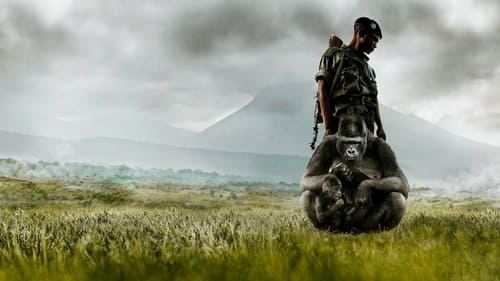
Un grupo de personas valientes arriesgan sus vidas para salvar a los últimos gorilas de montaña del mundo; en medio de una nueva guerra civil y una lucha por los recursos naturales del Congo.
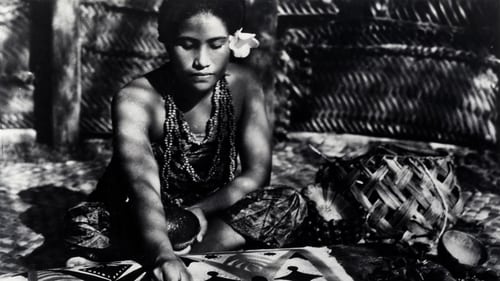
Robert J. Flaherty's South Seas follow-up to Nanook of the North is a Gauguin idyll moved by "pride of beauty... pride of strength."
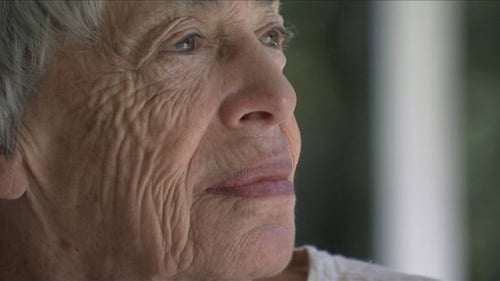
Produced with Le Guin’s participation over the course of a decade, Worlds of Ursula K. Le Guin is a journey through the writer’s career and her world’s, both real and fantastic. Viewers will join the writer on an intimate journey of self-discovery as she comes into her own as a major feminist author, opening new doors for the imagination and inspiring generations of women and other marginalized writers along the way.
The film features stunning animation and reflections by literary luminaries including Margaret Atwood, Neil Gaiman, David Mitchell, Michael Chabon, and more.
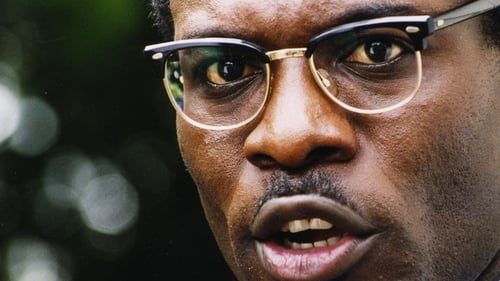
The true story of the rise to power and brutal assassination of the formerly vilified and later redeemed leader of the independent Congo, Patrice Lumumba. Using newly discovered historical evidence, Haitian-born and later Congo-raised writer and director Raoul Peck renders an emotional and tautly woven account of the mail clerk and beer salesman with a flair for oratory and an uncompromising belief in the capacity of his homeland to build a prosperous nation independent of its former Belgian overlords. Lumumba emerges here as the heroic sacrificial lamb dubiously portrayed by the international media and led to slaughter by commercial and political interests in Belgium, the United States, the international community, and Lumumba's own administration; a true story of political intrigue and murder where political entities, captains of commerce, and the military dovetail in their quest for economic and political hegemony.

Este íntimo estudio etnográfico sobre las danzas rituales y la posesión del vudú fue filmado por Maya Deren durante su estancia en Haití (1947-1951); nunca editó las tomas, así que el documental fue finalizado por Teiji y Cherel Ito tras la muerte de Deren.
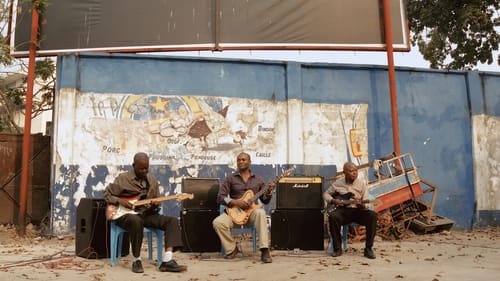
In the fifties, when the future Democratic Republic of Congo was still a Belgian colony, an entire generation of musicians fused traditional African tunes with Afro-Cuban music to create the electrifying Congolese rumba, a style that conquered the entire continent thanks to an infectious rhythm, captivating guitar sounds and smooth vocals.

When a girl in the Wayuu tribe has her first menstruation, begins her transformation from girl to woman, locked up and isoleted by the rest of her family for at least a year, learning the most ancestral traditions of her Wayuu ethnic group.

The story of a poor girl who leaves her starving family and sheep for a more prosperous village. Her grandfather finds her and tries to convince her to return to her home.

Founding father of Anthropology, Bronislaw Malinowski's work raises powerful and disturbing questions today. This is a look at his legacy and the imprints it has made on the generations that followed.

This documentary started as part of a photography project about the indigenous Ainu population in northern Japan, portraying people from tightly knit communities. They feel deeply connected by their culture and tradition. With gorgeous pictures, the directors explore how different generations of Ainu reflect on their identity after centuries of oppression.

An ethnographic documentary about the Mangbetu tribe of the Belgian Congo (now the Democratic Republic of the Congo). The film features a discussion of various rites including the Mangbetu practice of head binding, as well as various examples of traditional music and dance.
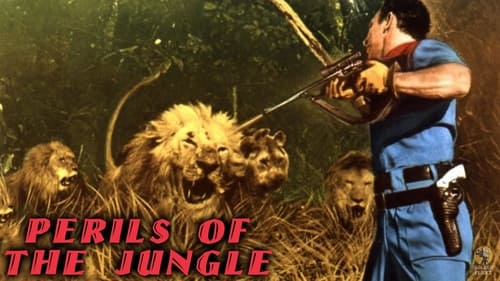
On an African safari with his friend Grant, Clyde Beatty plans to buy some black-maned Numbian lions from Jo Carter but her animals are wiped out by a fire. Despite interference by rival dealer Gorman, who hopes to ruin Jo, Beatty saves her business by helping her to capture an adult gorilla. (2nd story) When Grant is bitten by a tsetse fly and falls ill, Beatty heads for the nearest hospital through the territory of the dangerous Matabeles tribe. They are captured and condemned to death by Grubbs, a white man living with the tribe and stealing their gold. Using the Matabele Boy King as a shield, Beatty and Grant make an escape and Grubbs is forced to accompany them, leaving his loot behind.

The Bapst Brothers: Romain, Maurice and Jacques – whom we will also meet in The Gruyere Chronicle (produced in 1990) – are peasants and carriers and work with their father. In autumn and winter, they bid for the community’s wood, cut down the pine trees and bring down the logs through the snowy woods by horse-drawn sleigh.
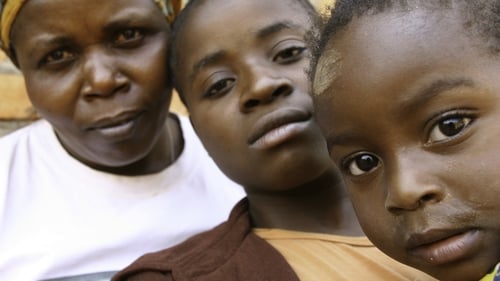
La violencia sexual contra las mujeres está considerada como un método muy eficaz en la guerra moderna, implanta el miedo y propaga la población del agresor. Este uso del cuerpo de la mujer como campo de batalla en Ruanda y Bosnia resultó crucial para que los tribunales penales internacionales comenzaran a juzgar la violación como un crimen contra la humanidad.

In Brussels, the Africa Museum must remodel to reflect the brutal past of Belgium's colonial legacy. It's under pressure with the ghost of King Leopold still haunting Belgium's former African colonies who say the colonial power never accepted the terrible crimes they oversaw. This intelligent documentary explores the legacy on the ground and the renovation of a revered institution to more accurately reflect history.

David and Judith MacDougall are exploring the marriage rituals and roles of Turkana women in this ethnographic documentary. The film's biggest part is taken up by talks between the Turkana people. As one of the first ethnographic documentaries "A Wife Among Wives" subtitles these talks so that the viewer can get a better and probably more personal understanding of the life of the Turkana.

Trascendiendo los significados usuales de la antropología visual, Forest of Bliss, es una obra singularmente poética, una “sinfonía de ciudad” modernista, que crea un retrato panorámico de la antigua ciudad de Benares, India. En busca de ocupar el tiempo entre dos amaneceres, el filme se concentra en las personas, tanto de los vivos en busca de la purificación en el Ganges, como en los innumerables muertos quienes son cremados en sus bordes. Al evitar la utilización de voz en off o subtítulos, Robert Gardner ha creado una obra visual única que sutilmente reconoce el estatus de extranjero tanto del realizador como del espectador, mientras captura poderosamente las multitudes en el trabajo, el juego y la oración.

In the same vein as Meri's other documentations, this one takes advantage of the glasnost policy to discuss the social and ecologic impact of the Russian oil industry on the natives and the lands they inhabit.

Two Congolese men and three Europeans are thrown together as they try to avoid the political turmoil of the Congo.

Portrays the Nuer, Nilotic herdsmen of the Nile basin. Shows how their daily lives revolve about their cattle, and depicts the psychological bonds between them. Includes extensive use of Nuer music and poetry.











